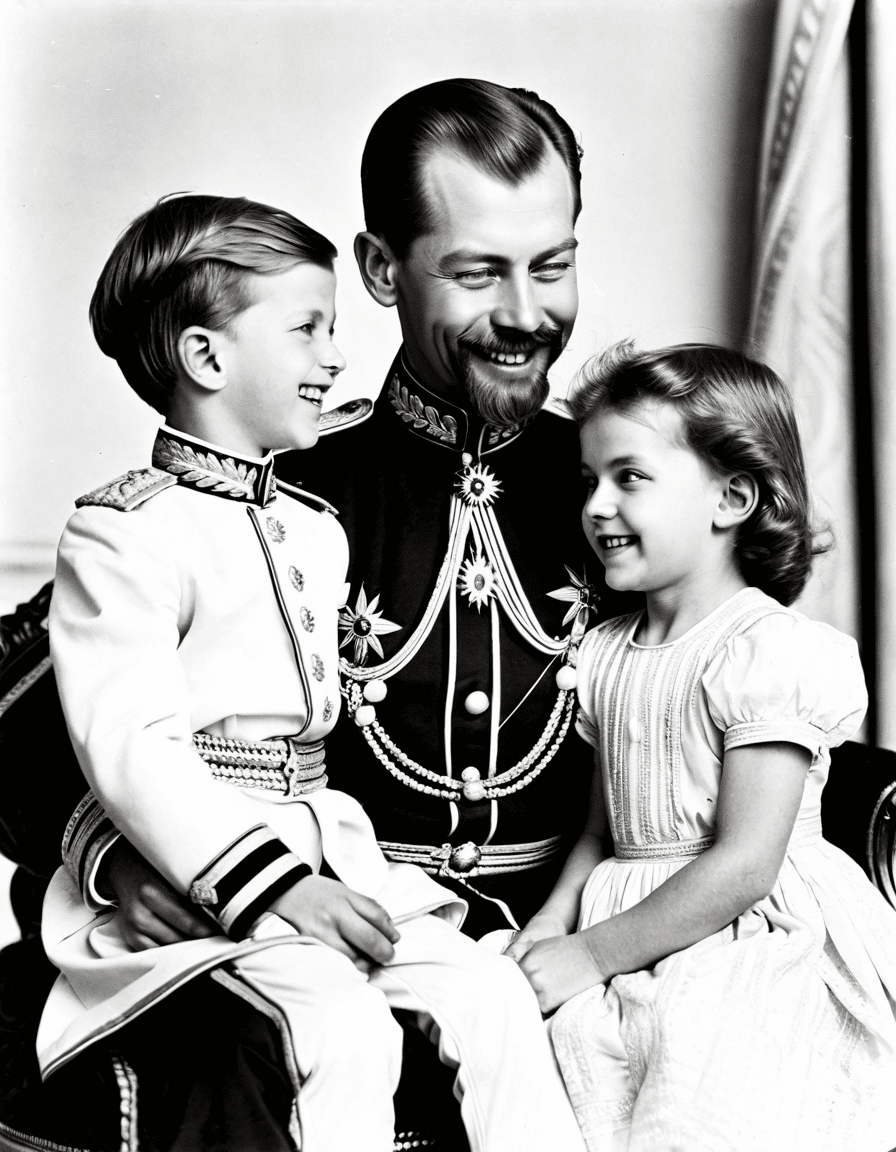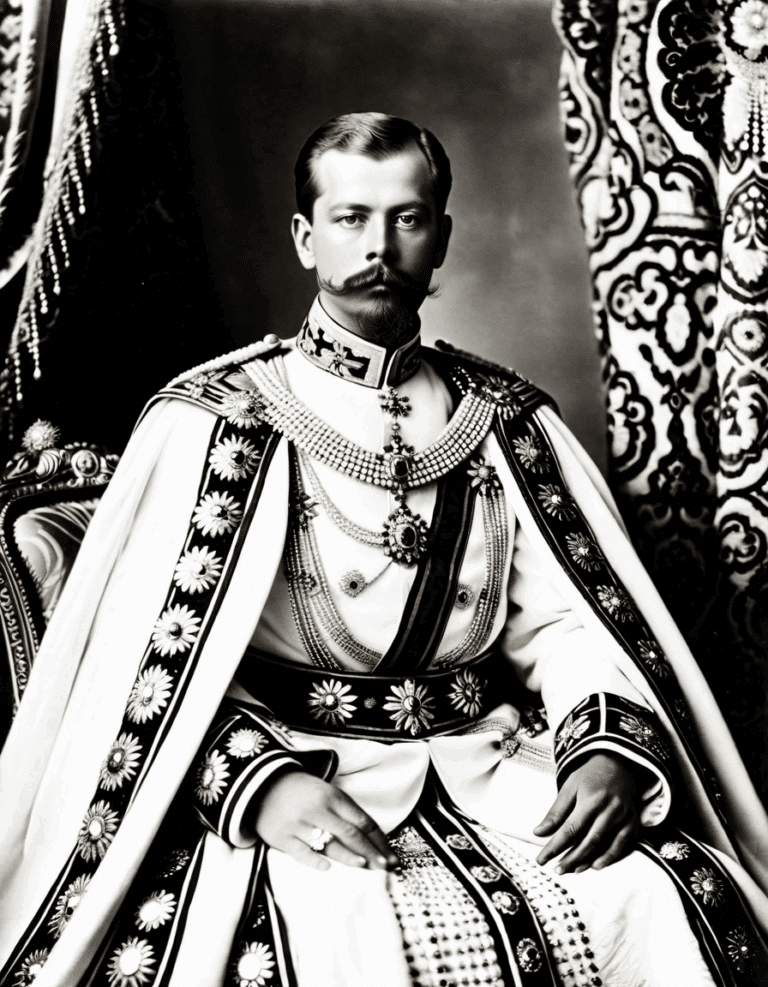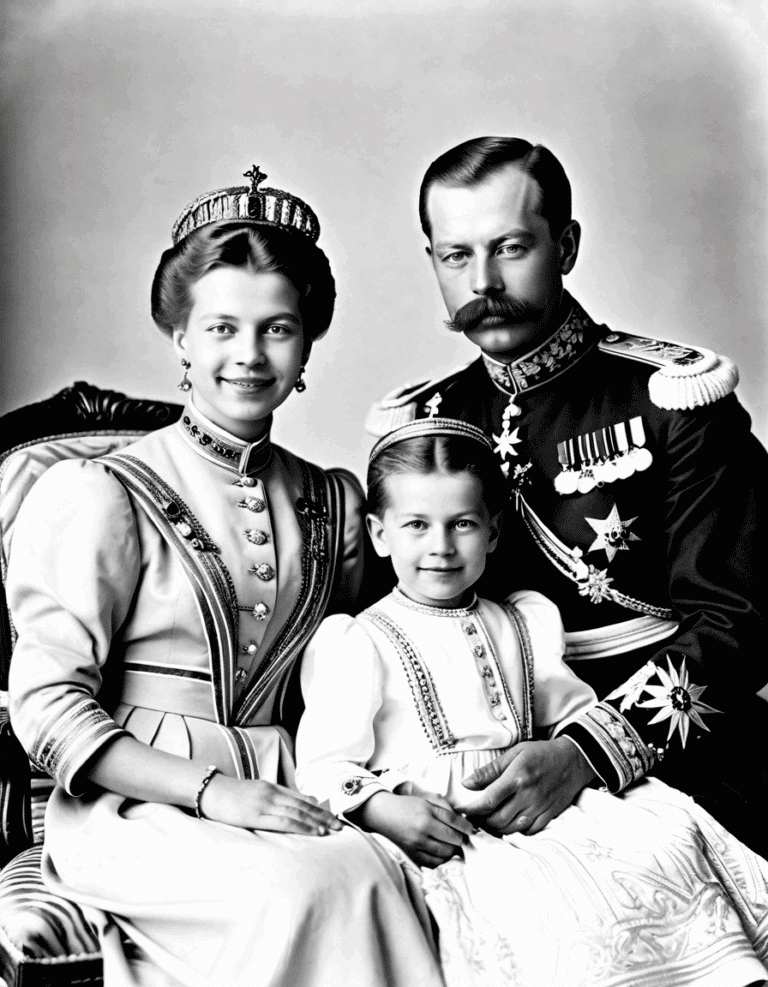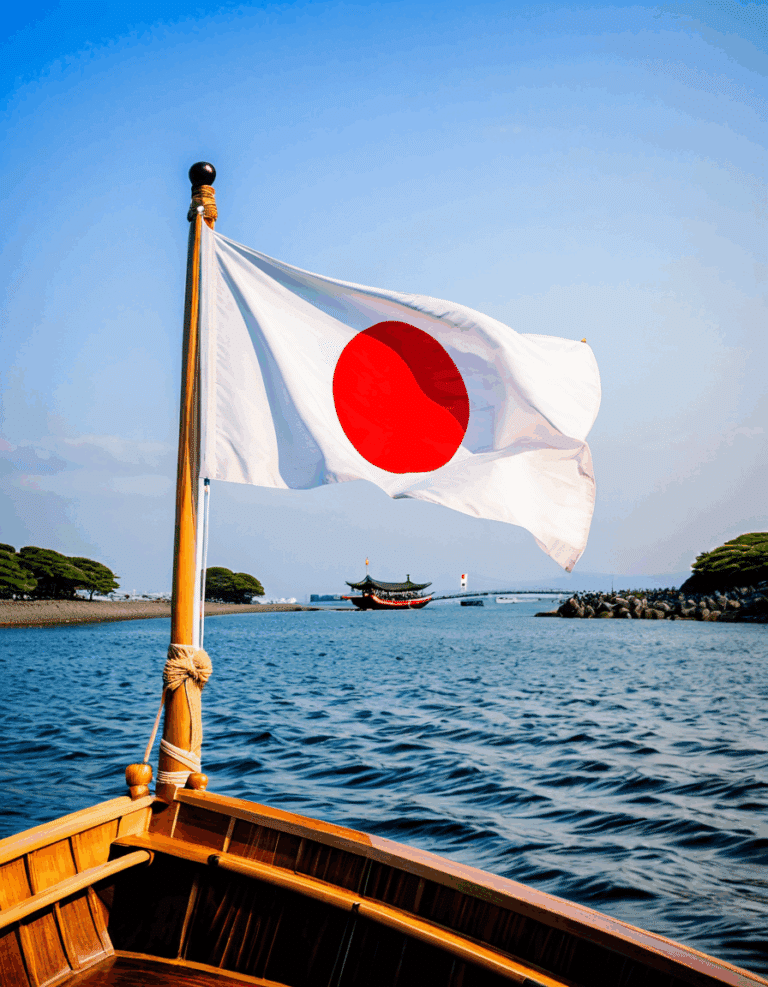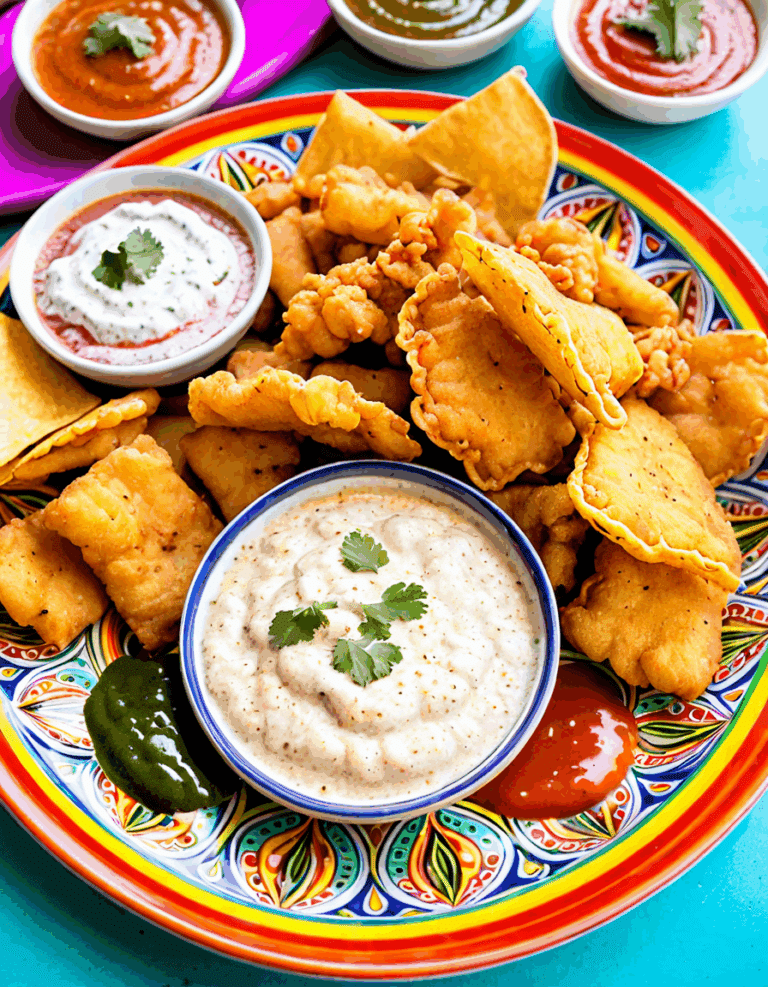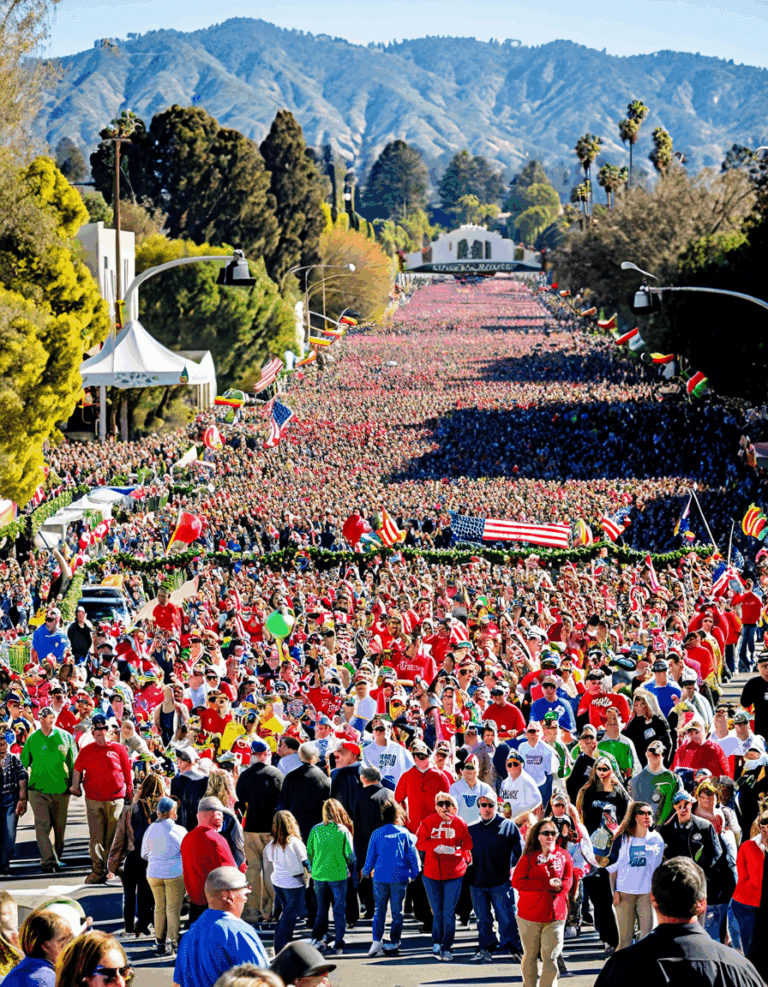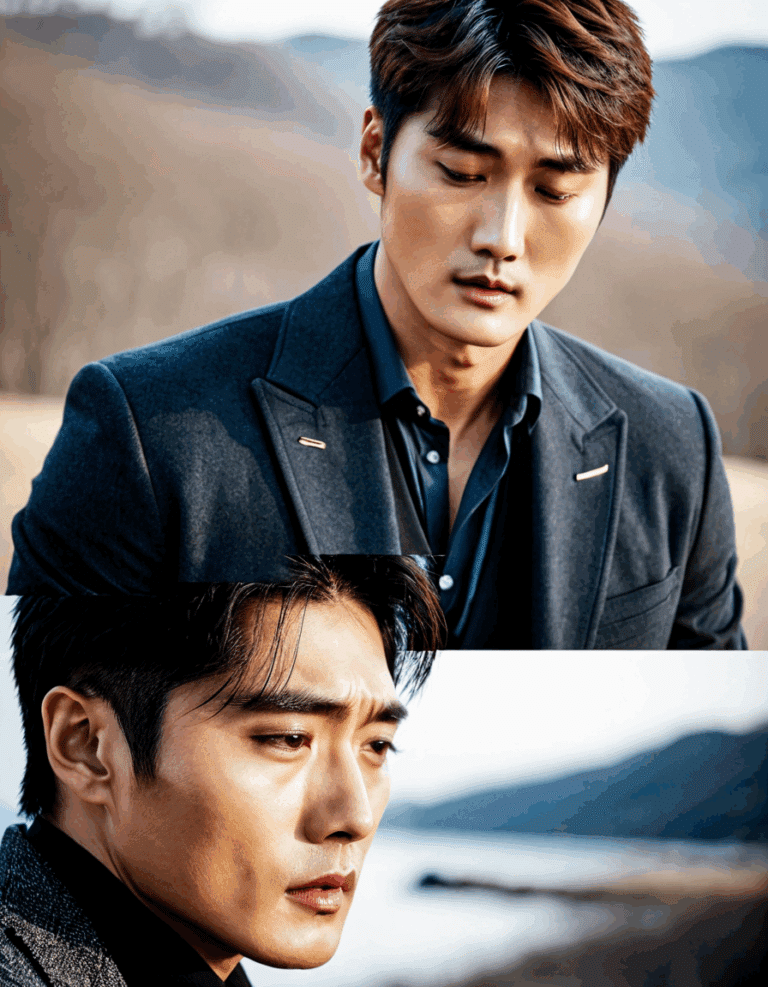Tsar Nicholas II, the last Emperor of Russia, often stands at the crossroads of history, caught between the glories of a bygone imperial age and the horrors of revolution and betrayal. When he ascended to the throne in 1894, following the sudden death of his father, Alexander III, the expectations placed on him were sky-high, shadowed only by the long and storied history of monarchical might. Unlike contemporaries such as King George VI of the United Kingdom, who rallied a nation during the thick of World War II, Tsar Nicholas II’s reign quickly unraveled, marked by tragedy and political unrest. His coronation in the majestic Dormition Cathedral in Moscow should have been a celebration, but the festivities turned disastrous, foreshadowing the chaos that was to engulf not only his reign but also his entire family.
The royal spectacle was marred by a deadly stampede, leading to the deaths of over a thousand. This heart-wrenching tragedy harbored the seeds of discontent among the Russian populace, hinting that this new reign wouldn’t be all glitter and grandeur. So, what exactly lay ahead for Tsar Nicholas II, and how did a monarch with such promise end up on the chopping block of history?
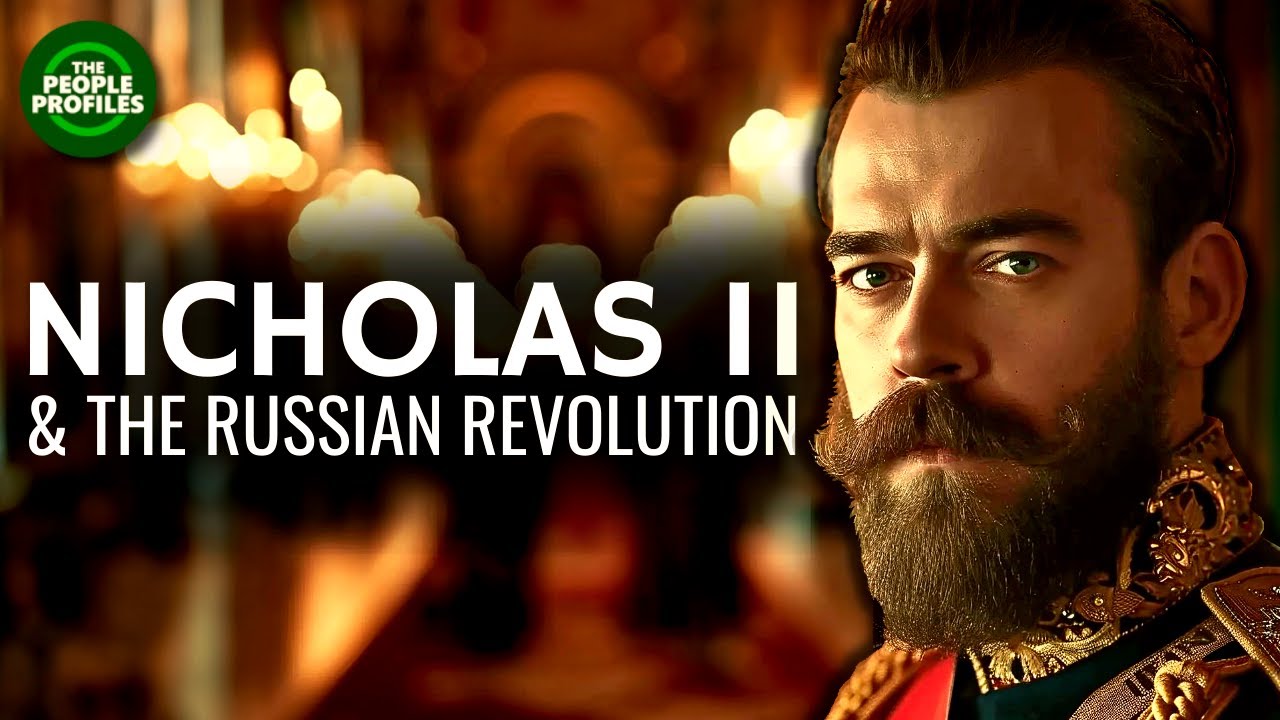
Top 5 Challenges Faced by Tsar Nicholas II
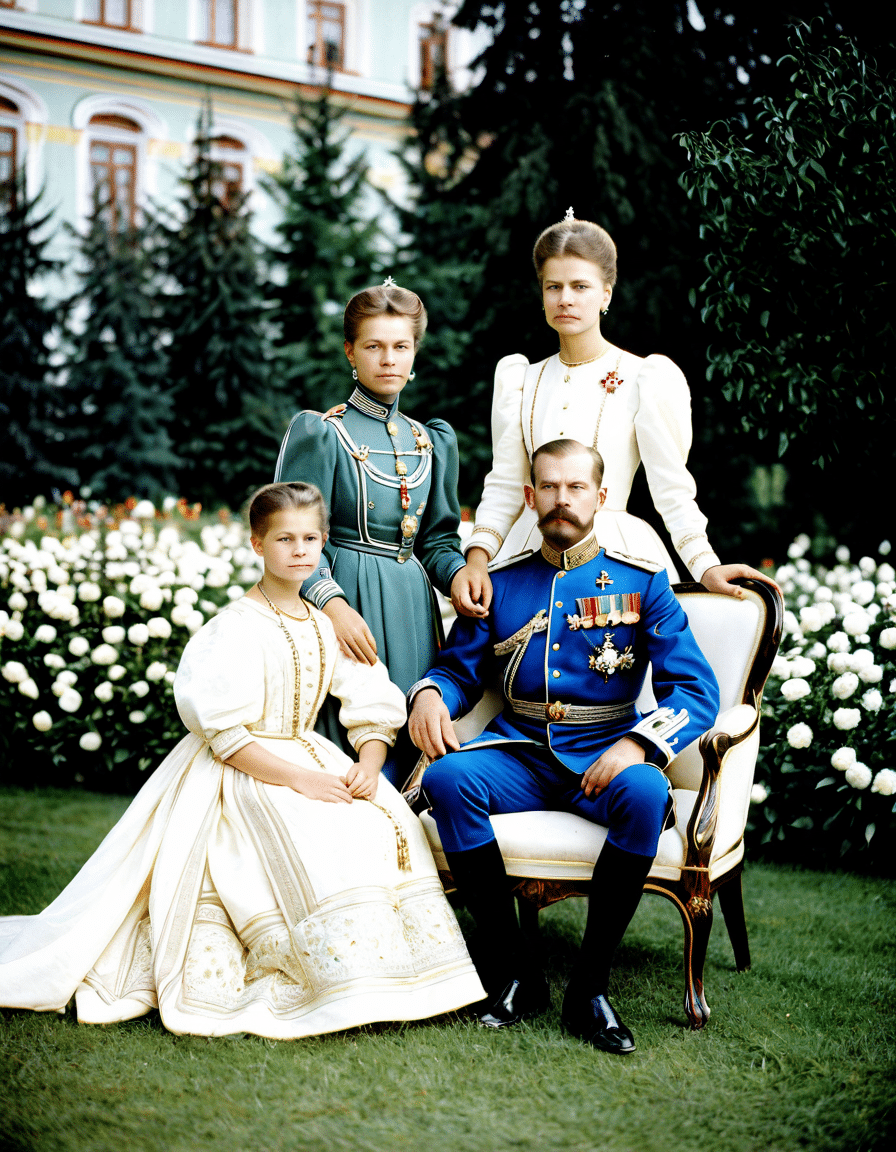
The Fall of the Romanovs: Tsar Nicholas II’s Abdication and Exile
The boiling points of discontent reached a critical mass during the February Revolution in 1917, leveraging political pressures and societal pop in a dramatic crescendo. Nicholas II, once a symbol of imperial might, found himself forced to abdicate in a moment of unprecedented historical significance. Unlike King George VI, who artfully navigated turbulent waters for the survival of monarchy, Nicholas crumbled under pressure, sealing his family’s tragic fate in the process.
In the aftermath, the Tsar and his family were stripped of their royal status and placed under house arrest. Their lives, once filled with opulence and prestige, turned monotonous and perilous, ultimately leading to tragedy. The great Tsar Nicholas II was no longer the invincible ruler of the past, but rather a deposed monarch stripped of all he held dear.
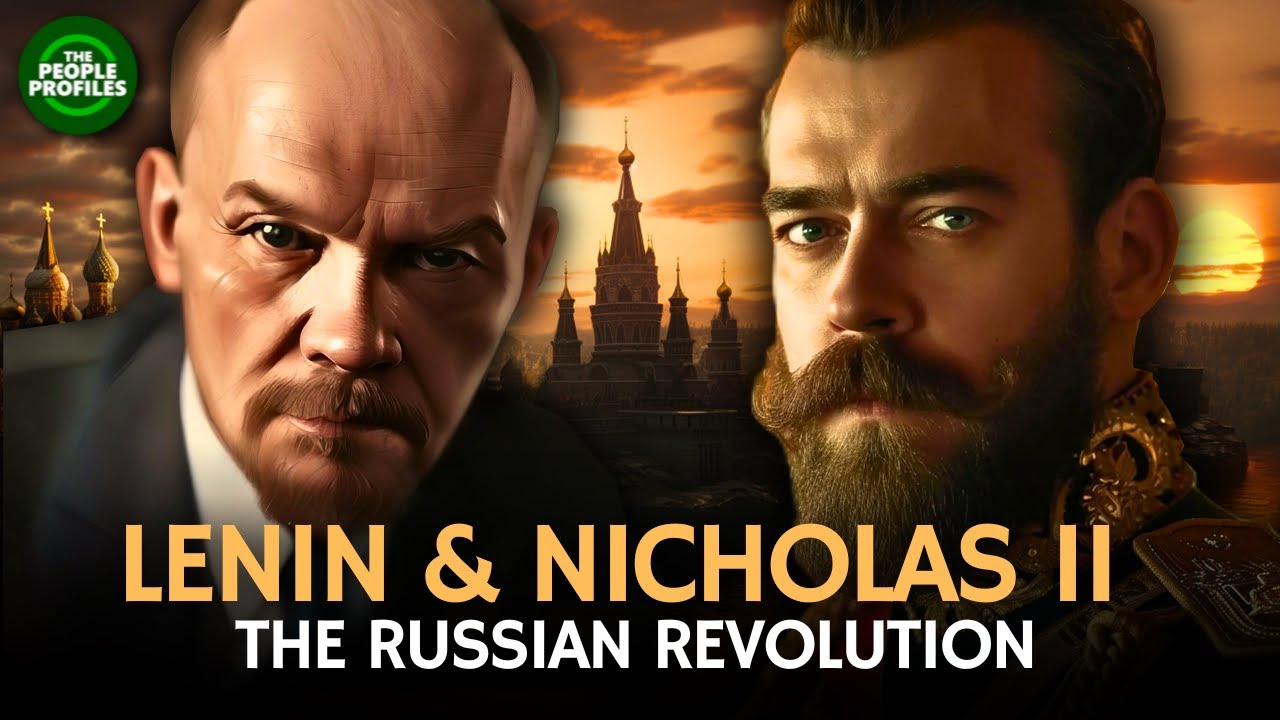
The Tragic Execution: A Legacy Shrouded in Mystery
The fateful day arrived in July 1918 when Tsar Nicholas II and his family faced a firing squad commanded by the Bolsheviks in Yekaterinburg. The dramatic execution did not just signal the end of a family; it created a narrative filled with conspiracy and intrigue. The circumstances surrounding their demise, much like the mysteries of Queen Elizabeth I’s lineage, left many questions unanswered and theories swirling.
For decades, the burial site of the Romanovs remained undisclosed, kindling folklore and speculation. Did others survive? Were there hidden heirs? The collective tragedy, intertwined with a lack of closure, added layers to their legacy that capture the imagination even today.
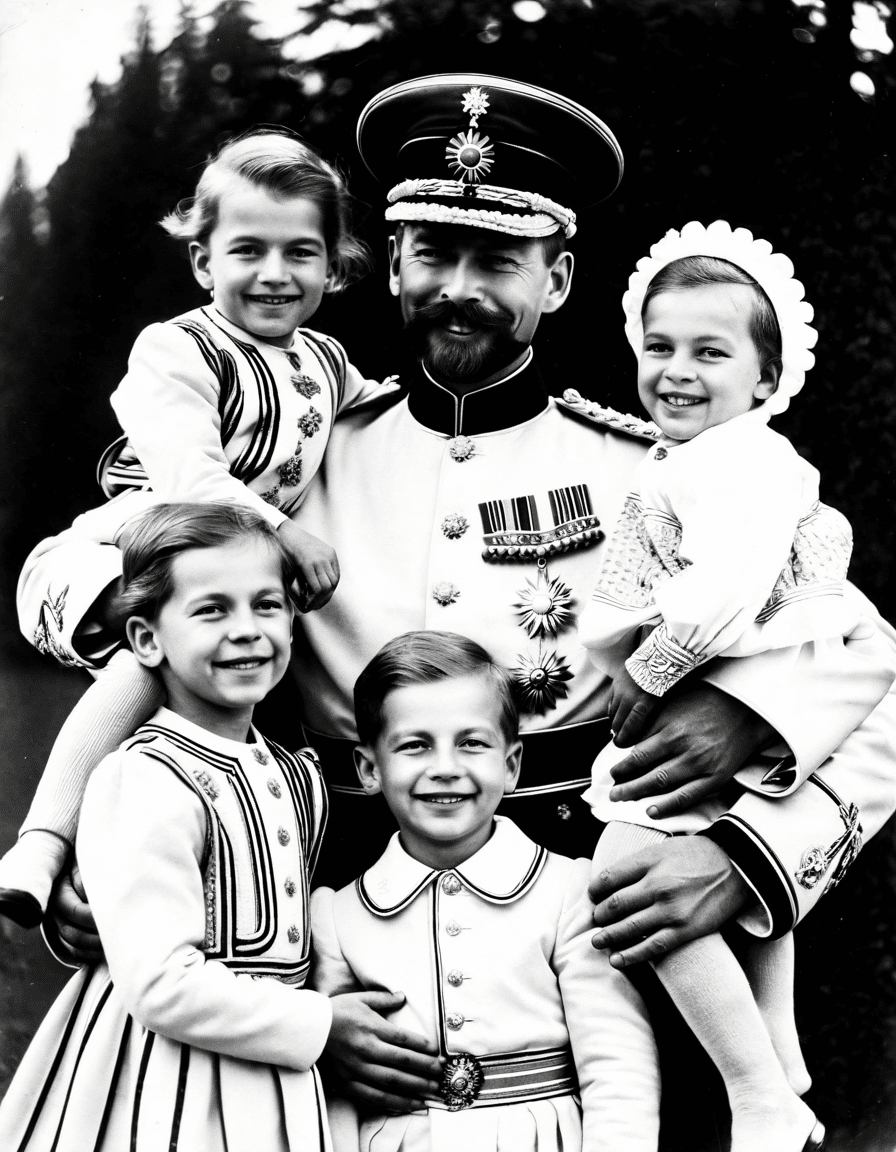
The Mythos and Modern Reflection: Tsar Nicholas II’s Legacy
Fast forward to the present, and the legacy of Tsar Nicholas II is undergoing a significant re-evaluation. Initially viewed as an oppressive ruler, today’s historians contemplate his role through a lens of sympathy. Some scholars contend that, rather than simply being a tyrant, he was a victim of the geopolitical upheaval around him—a point of view akin to the reassessment of King George VI’s dignified leadership during wartime.
Discussions surrounding monarchical leadership in adverse times pivot on Nicholas II’s decisions, offering rich insights into the intricacies of governance. As society continues to grapple with the implications of leadership, Tsar Nicholas II’s life serves as a reminder of fragility—both of power and human existence.

The Enduring Enigma: Reflections on Tsar Nicholas II’s Life and Legacy
The tragic life of Tsar Nicholas II conveys profound lessons about the interplay of personal shortcomings and larger historical forces. His reign stands as a cautionary tale about leadership amid societal transformation. Just as Queen Elizabeth I is lauded for her tenacity, Nicholas’s story reflects resilience in the face of fate, mystery, and ultimately, tragedy.
This poignant reminder of power’s fragility remains relevant today. For those exploring the tales of royalty, the complexities surrounding “Tsar Nicholas II” remain etched in history and popular culture. Whether it’s caught in the whirlwind of movies like “Gilligan’s Island” touching on themes of survival or engaging with contemporary narratives of decline, the Tsar’s legacy is not merely an echo from the past but a cautionary tale for the future.
For more insights, you might explore how Tsar Nicholas II intersects with modern cultural phenomena, including themes in Kundalini Yoga practices, or even recent Ninjago: Dragons Rising adaptations, making his life and legacy surprisingly relatable in today’s world.
Tsar Nicholas II: Tragic Life and Mysterious Legacy
A Royal Journey and Unraveling Mysteries
Emperor of Russia from 1894 until his abdication in 1917, Tsar Nicholas II faced tremendous challenges during his reign. He was the last emperor of Russia, and his downfall marked the end of centuries of imperial rule, leading to the rise of the Soviet Union. Fun fact? Nicholas was born in 1868 and was reportedly not all that keen on the job. He once exclaimed, “I never wanted to be Tsar!” Interestingly, during his rule, Russia experienced a tumultuous mix of tremendous growth and unrest, leading to notable events like the infamous Bloody Sunday in 1905. His reign is like a scene from a tragic movie—almost as dramatic as the plots from “Gilligan’s Island,” where characters find themselves in unexpected troubles!
One captivating aspect of Tsar Nicholas II’s story is his relationship with family. He was deeply devoted to his wife, Empress Alexandra, and their children were central to his life. Their bond might resemble the sentiments fans have for their favorite sports teams, like the Pittsburgh Steelers; it ignited passion and loyalty. The family’s ancestor, Emperor Alexander II, offered a contrasting outlook on autocracy, hinting at the historical complexities that shaped Nicholas’s perspective on leadership. Did you know that Nicholas was particularly fond of hunting and often took to the great outdoors? His affinity for nature mirrored modern-day adventures, like embarking on quests such as Ninjago Dragons Rising, where excitement awaits around every corner.
Artistic Hobbies and Cultural Influences
Nicholas II had a flair for the arts, dabbling in painting and creating a beautiful collection of Fabergé eggs that are now highly sought after by collectors. These eggs might remind you of the significance of unique collectibles, much akin to finding a rare pair of Adidas pants at a thrift shop! His passion for the arts illuminated a side of his character that often gets overshadowed by his tragic fate. However, the allure of his legacy doesn’t solely reside in his personal interests—his political decisions significantly influenced global events. At a glance, one might wonder if the consequences of war and revolution could have been avoided altogether; however, analyzing history reveals that modern political conflicts stem from many roots, much like the confusing terms surrounding a Prepayment Penalty in finance.
As Tsar Nicholas II’s reign crumbled, society plunged into chaos. The fall of the Romanov dynasty wasn’t just a royal scandal; it was a statement about power, governance, and societal structures. In the end, he and his family faced a tragic end that not only shaped Russian history but left followers and historians alike digging for the truth. Much like the buzz around events such as the Fuq Con, there remains a mystique surrounding his legacy that incites curiosity. Nicholas’s journey is a reminder of how even the mightiest can fall, and how legends persist in the annals of history, urging us to piece together their tales.
